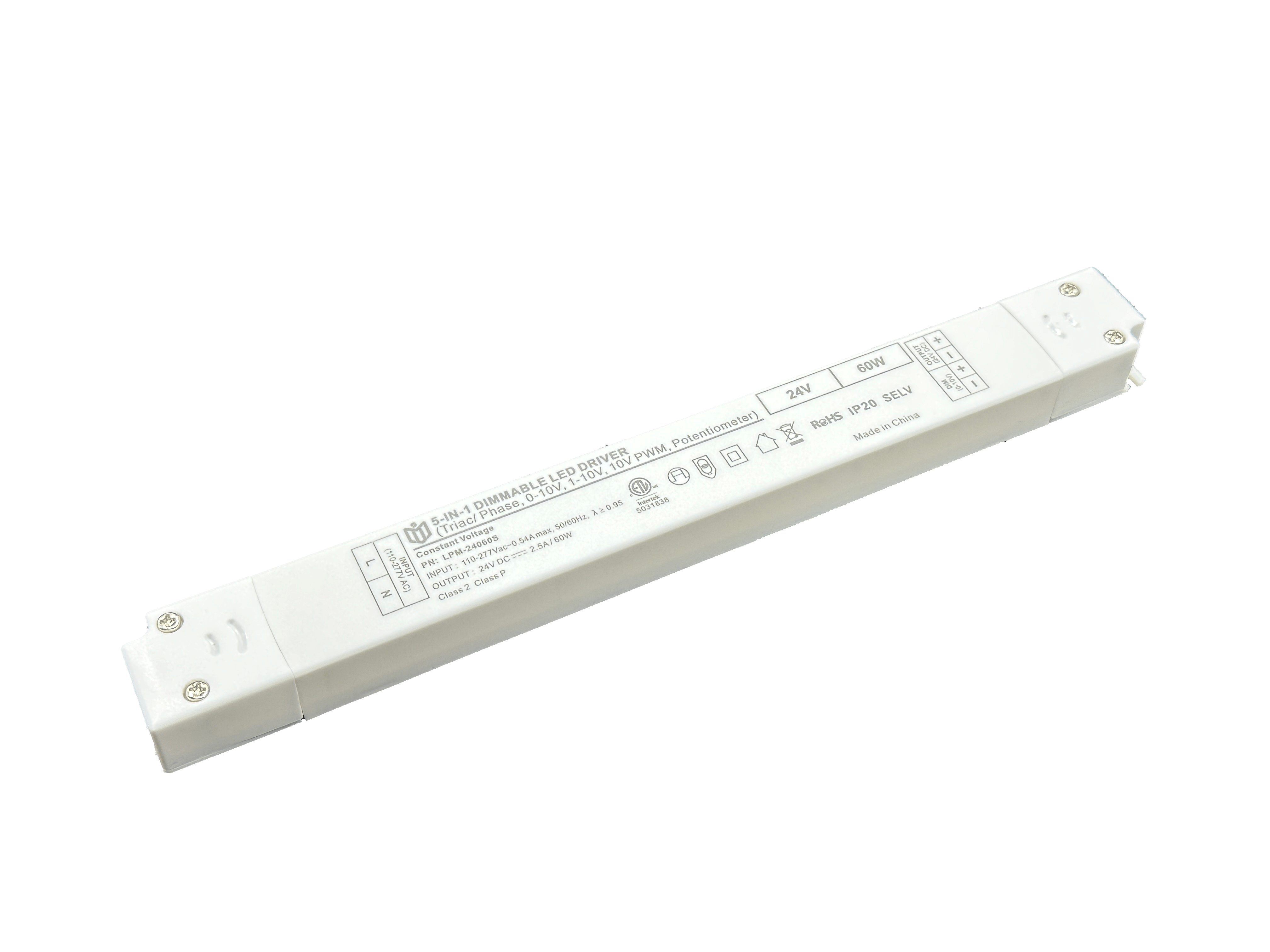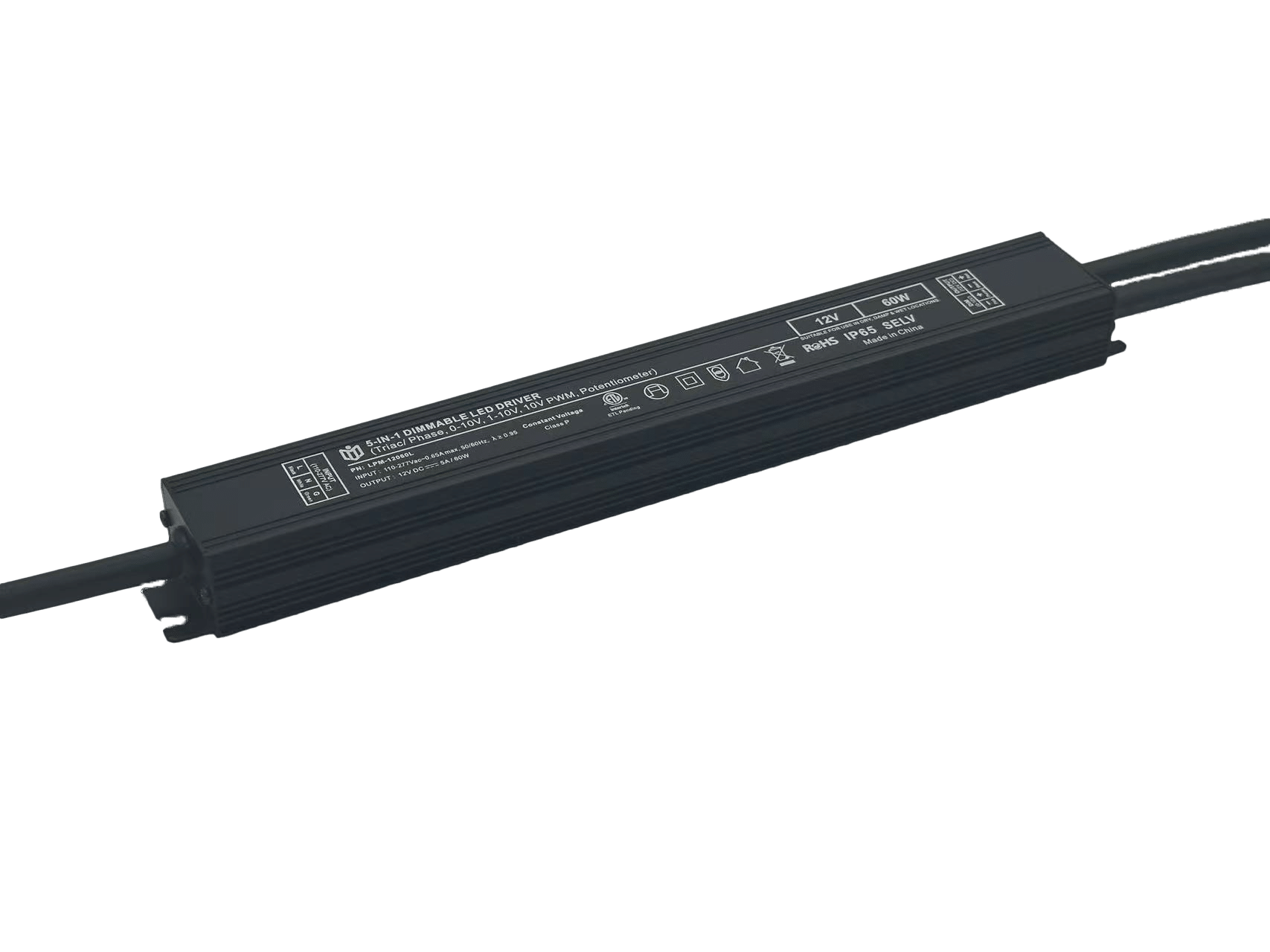Has the market potential of LED dimming power supplies been severely underestimated?
The silent revolution in lighting technology has been brewing beneath mainstream attention – and at its core lies an unsung hero: LED dimming power supplies. While industry conversations fixate on bulb brightness or color temperature, these intelligent control units represent far more than auxiliary components. They’re actually becoming the neural network connecting humanity’s demand for personalized illumination with sustainable energy practices.
Redefining Energy Efficiency Paradigms
Modern LED dimming systems operate on sophisticated pulse-width modulation (PWM) protocols that reduce power consumption non-linearly when dimmed. Unlike traditional resistive dimmers that waste excess energy as heat, digital controllers achieve true load optimization. A 2023 study by the International Energy Agency revealed facilities using adaptive dimming saved up to 47% more electricity than static ON/OFF setups during peak hours. This isn’t just about cutting bills; it’s reshaping grid load management fundamentals across urban landscapes.
The Smart Home Ecosystem Catalyst
As voice assistants and IoT platforms proliferate, dimmable drivers now serve as critical bridges between human intent and machine execution. Philips Hue’s success story demonstrates how precise luminosity control enables circadian rhythm alignment – improving sleep patterns while reducing melatonin suppression risks. Hospitals in Japan have adopted dynamic dimming schedules that lower patient stress levels by 32%, according to NIH clinical trials. These aren’t niche applications anymore; they’re foundational infrastructure for wellness architecture.
Commercial Applications Breaking Barriers
Retail giants like Uniqlo leverage warm-to-cool color shifting via programmable drivers to influence purchasing behavior psychologically. Museum curators use micro-stepless dimming (<1% increment adjustments) to protect sensitive artworks from photodegradation without compromising visibility. Even agricultural vertical farms implement spectrum tuning through dimmable LED arrays, accelerating crop yields by 28% compared to fixed-spectrum alternatives. The versatility knows no bounds when paired with creative programming interfaces.
Manufacturing Innovation Curve
Recent breakthroughs include gallium nitride (GaN) semiconductor adoption enabling ultrafast switching speeds beyond silicon limitations. Texas Instruments’ latest reference design achieves 98.7% conversion efficiency at full load – a milestone previously deemed impossible. Thermal management advancements now allow stackable deployment in confined spaces like retrofitted historical buildings where conventional transformers failed. IP67-rated outdoor models withstand extreme temperatures from -40°C to +85°C, opening Arctic circle deployment possibilities.

Market Projections vs Reality Gap
Despite compound annual growth rate predictions exceeding 14% through 2030 (per Grand View Research), procurement managers still allocate merely 3-5% of budget towards advanced dimming solutions. This cognitive dissonance creates fertile ground for early adopters who recognize that today’s "premium features" become tomorrow’s baseline expectations. As building codes globally mandate carbon footprint disclosures, properties equipped with intelligent lighting controls will command premium valuations in real estate markets.
Overcoming Adoption Hurdles
Legacy installer resistance remains the biggest barrier – many electricians lack training on low-voltage DC systems versus AC mains wiring. However, modular plug-and-play designs from Eaton and Leviton simplify retrofitting existing fixtures without rewiring entire buildings. Standardization efforts like DALI-2 certification ensure cross-brand compatibility, eliminating vendor lock-in concerns that previously deterred facility managers. Government rebate programs in EU countries now cover 30% of upgrade costs for certified efficient systems.
Future Horizons Beckon
Looking ahead, solid-state battery integration could enable offline operation during outages – transforming emergency lighting reliability standards completely. LiFi communication modules embedded within drivers promise Gigabit Ethernet speeds using light waves themselves as data carriers. The convergence of power delivery, environmental sensing, and wireless connectivity positions LED dimming controllers as central nervous systems for autonomous buildings. Those dismissing them as mere accessories today may soon find themselves auditing obsolete infrastructure tomorrow.

 In heritage architecture prote
In heritage architecture prote
 When small-batch customization
When small-batch customization
 Have the electromagnetic emiss
Have the electromagnetic emiss
 When Triac dimmable power supp
When Triac dimmable power supp
